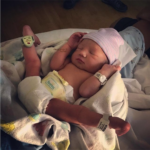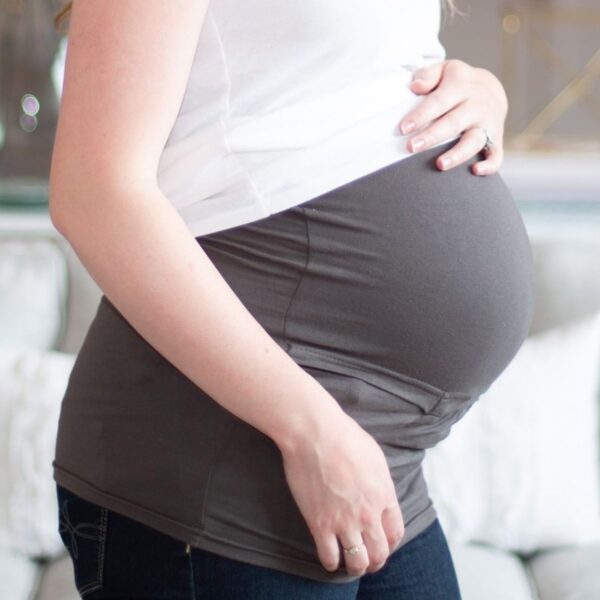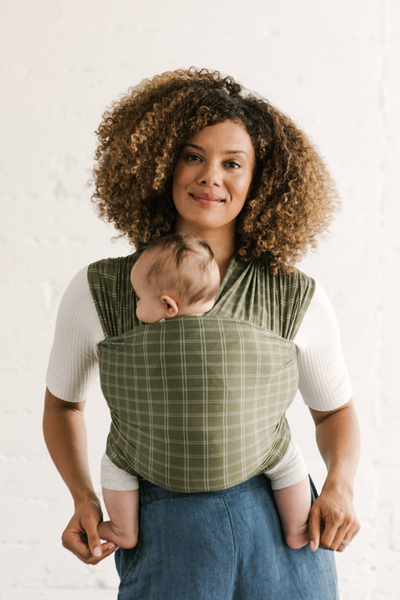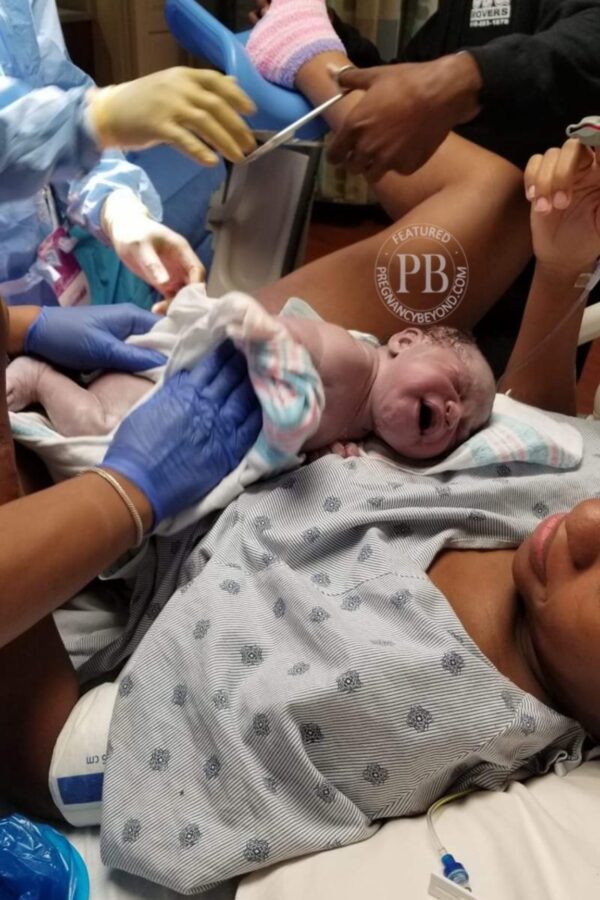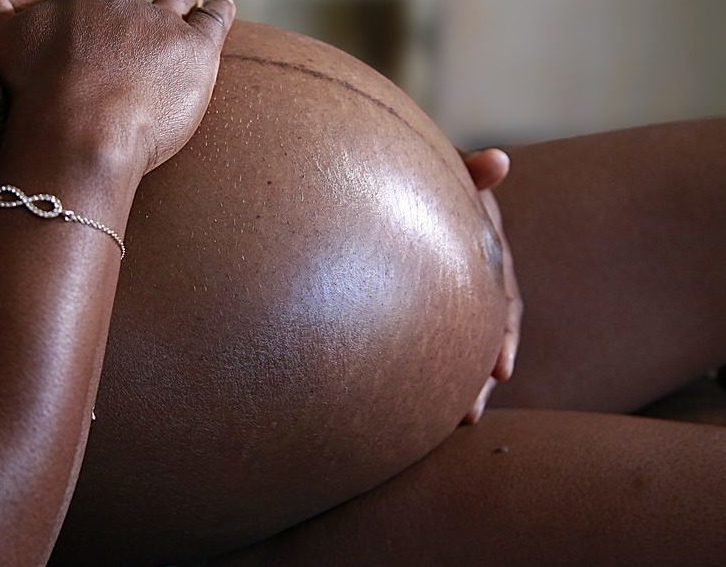
7 Preeclampsia Symptoms Every Pregnant Woman Should Know:
Preeclampsia Symptoms By Preeclampsia Foundation.
For expectant and new moms, it’s the unexpected that can quickly change the course of normal pregnancies. That’s why the Preeclampsia Foundation is dedicated to providing education about preeclampsia and related hypertensive disorders of pregnancy. Preeclampsia is a serious disease related to high blood pressure. It can happen to any pregnant woman during the second half of her pregnancy. Even more, up to six weeks after delivery. Finding preeclampsia early is important for both mother and baby.
“The more a pregnant woman knows about preeclampsia, the more likely she is to recognize. Also able to report symptoms to her doctor or midwife”. Said Eleni Tsigas, Executive Director of the Preeclampsia Foundation. “That improves time to diagnosis and medical evaluation. Which saves lives – for both mothers and babies. And that’s why we’re so focused on improving awareness of preeclampsia.”
RECOMMENDED – BIRTH STORY: TRU BERRY
Preeclampsia and other hypertensive disorders of pregnancy such as HELLP syndrome remain a leading cause of maternal and infant illness and death. Globally, by conservative estimates, these disorders are responsible for 76,000 maternal and 500,000 infant deaths every year. In the United States, preeclampsia affects one of every 12 pregnancies. Also, its incidence has increased by 25 percent over the past two decades.
7 Symptoms Every Pregnant Woman Should Know
Early recognition and reporting of symptoms is the key to timely detection and management of preeclampsia. Women who are pregnant or recently delivered should contact their doctor or midwife. Right away if they experience any of the symptoms listed below. While these symptoms don’t necessarily indicate preeclampsia, they are cause for concern and require medical evaluation.
- Swelling of the hands and face, especially around the eyes (swelling of the feet is more common in late pregnancy and probably not a sign of preeclampsia)
- Weight gain of more than five pounds in a week
- Headache that won’t go away, even after taking medication for pain relief
- Changes in vision like seeing spots or flashing lights; partial or total loss of eyesight
- Nausea or throwing up, especially suddenly, after mid-pregnancy (not the morning sickness that many women experience in early pregnancy)
- Upper right belly pain, sometimes mistaken for indigestion or the flu
- Difficulty breathing, gasping or panting
It’s also important to know that some women with preeclampsia have NO symptoms or they “just don’t feel right”. If you have a sense that something’s wrong, even without symptoms. Trust yourself and contact your healthcare provider immediately. Preeclampsia can only be diagnosed by monitoring blood pressure and protein in the urine (which may or may not be present to diagnose preeclampsia). This is routinely done at prenatal appointments. So keeping all appointments is vital throughout pregnancy and immediately after delivery.
READ: MOM SHARES HER EXPERIENCE WITH PREECLAMPSIA
The video below gives a summary of some of the main points to remember:
About the Preeclampsia Foundation
A U.S.-based 501(c)(3) non-profit organization established in 2000. The Preeclampsia Foundation is dedicated to providing patient support and education. Raising public awareness, catalyzing research, and improving health care practices. Also, envisioning a world where preeclampsia and related hypertensive disorders of pregnancy no longer threaten the lives of mothers and babies. More information is available at www.preeclampsia.org or by calling toll-free 800.665.9341.
Join us at the PB Moms Exclusive Circle. Where we invite healthcare experts to prepare us for life after childbirth and motherhood. Go to: pregnancybeyond.com/exclusive-circle.
Follow PregnancyBeyond on Instagram, Facebook, and Twitter.
BABY ON THE WAY MOMMY TO BE POSTPARTUM PREECLAMPSIA PREGNANCY

